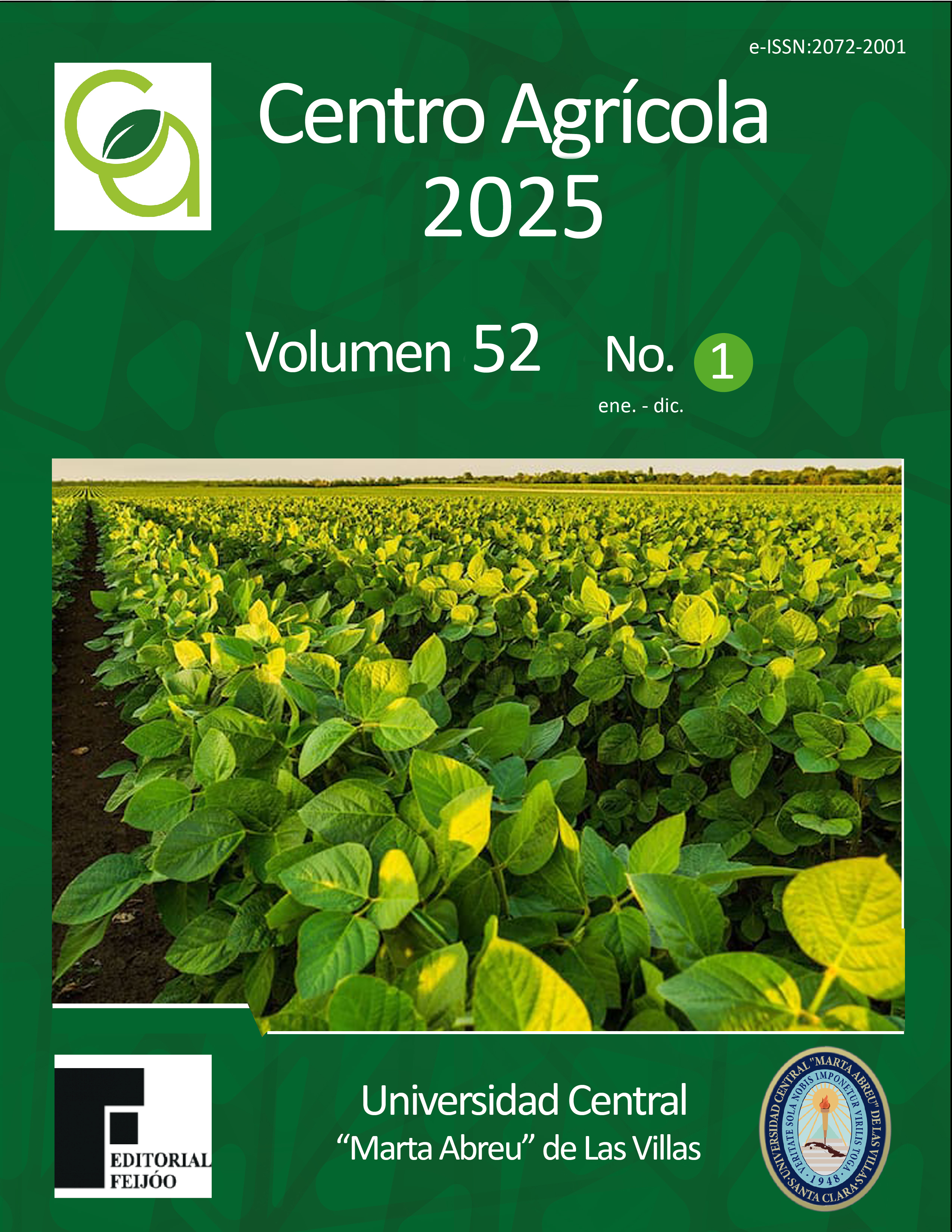CF: cag072222365
ARTÍCULO DE INVESTIGACIÓN
Tres métodos para determinar los requerimientos hídricos en el cultivo de zanahoria (Daucus carota L.) var. ‘Chantenay’
Three methods to determine the water requirements of carrot (Daucus carota L.) var. ‘Chantenay’
Juan Eduardo León Ruíz1*
Juan Sebastián Silva Orozco1
Daniel Arturo Román Robalino2
Robinson Fabricio Peña Murillo1
Vicente Javier Parra León1
1 Centro Experimental del Riego. Escuela Superior Politécnica de Chimborazo, Riobamba, Chimborazo 060150, Ecuador
2 Escuela Superior Politécnica de Chimborazo sede Orellana, Riobamba, Chimborazo 060150, Ecuador
*Correspondencia: Esta dirección de correo electrónico está protegida contra spambots. Usted necesita tener Javascript activado para poder verla.
RESUMEN
La investigación tuvo como objetivo evaluar tres métodos para determinar los requerimientos hídricos en el cultivo de zanahoria (Daucus carota L.) var. ‘Chantenay’ en Macají, cantón Riobamba, provincia de Chimborazo, Ecuador. Se utilizó un diseño de bloques completamente aleatorizado y se adaptó a condiciones de riego por goteo. Se incluyeron tres tratamientos y tres repeticiones, según el abatimiento de humedad del suelo, ellos fueron: tanque de evaporación 25 % (T1), fórmulas empíricas de FAO-56 25 % (T2) y lisímetro al momento del drenaje (T3). Se determinó la duración de las etapas fenológicas en los tratamientos y se evaluaron en cada etapa las variables: altura de la planta, diámetro del hombro de la raíz, rendimiento, porcentaje de materia seca, correlación entre el agua utilizada y rendimiento. Se determinó el rendimiento en primera, segunda y tercera etapa y el rendimiento total, además del ajuste de Kc en los tratamientos en cada etapa fenológica. Se establecieron cuatro etapas fenológicas para el cultivo: etapa inicial, etapa de desarrollo, etapa intermedia y etapa final. Los resultados mostraron que las diferentes láminas influyeron en el rendimiento de la zanahoria. En la aplicación de agua el mejor tratamiento fue el T3 con un volumen de 404,76 mm, donde se obtuvo un rendimiento de 61,49 t ha-1. Se ajustó el Kc según el lisímetro para cada una de las etapas fenológicas: inicial de 0,83, desarrollo de 1,06, intermedia con 1,02 y la etapa final de 0,86, como resultado de la reposición del agua de riego al momento del drenaje.
ABSTRACT
The aim of this research was to evaluate three methods to determine the water requirements of carrot (Daucus carota L.) var. ‘Chantenay’ in Macají, Riobamba canton, Chimborazo province, Ecuador. A completely randomized block design was used and adapted to drip irrigation conditions. Three treatments and three replicates were included, according to soil moisture depletion, they were: evaporation tank 25 % (T1), FAO-56 empirical formulas 25 % (T2), and lysimeter at the time of drainage (T3). The duration of the phenological stages in the treatments was determined and the following variables were evaluated at each stage: plant height, root shoulder diameter, yield, dry matter percentage, and correlation between water used and yield. Yield in the first, second, and third stages and total yield were determined, in addition to the Kc adjustment in the treatments at each phenological stage. Four phenological stages were established for the crop: initial stage, development stage, intermediate stage, and final stage. The results showed that the different films influenced carrot yield. In water application, the best treatment was T3 with a volume of 404.76 mm, where a yield of 61.49 t ha-1 was obtained. The Kc was adjusted according to the lysimeter for each of the phenological stages: initial 0.83, development 1.06, intermediate 1.02, and the final stage 0.86, as a result of the replacement of irrigation water at the time of drainage.



